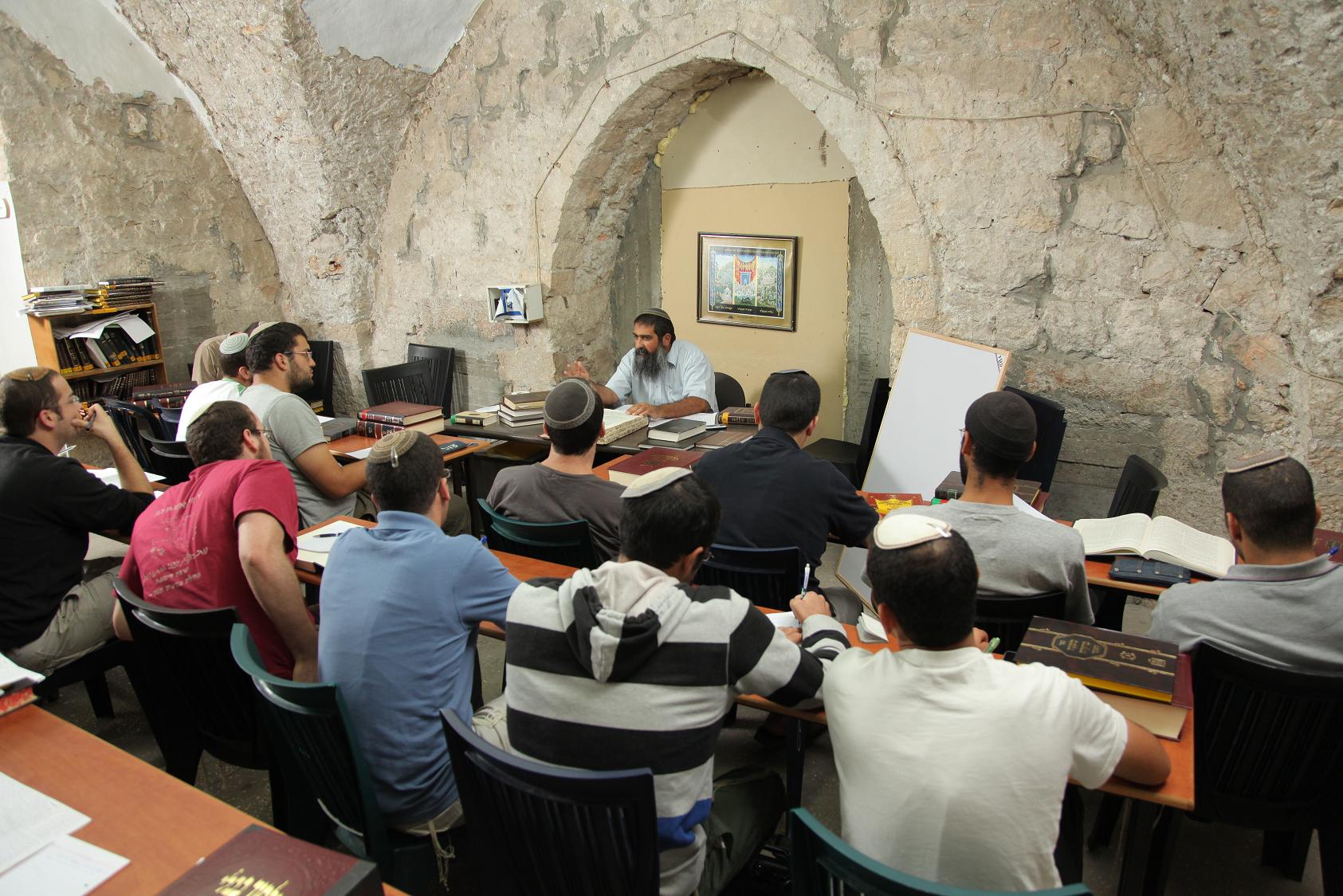On Tisha B’Av, unlike any other occasion, except for the “Shiva,” the seven-day period of mourning for a loved one, there exists a prohibition to study the Torah. This is because the study of Torah is considered a delight and a source of joy, as King David says in Tehilim, “The Laws of Hashem are fair, and make the heart happy.” (Psalms 19:9) On this day, happiness is specifically not a desired goal.
However, certain portions of the Torah are permitted to be studied even on Tisha B’Av, the saddest day of the Jewish year. They include the Book of Job, which is a dramatic probe into the question of seemingly undeserved suffering, “Megilat Eichah,” the Book of Lamentations of the Prophet Yirmiyahu over the fate of Yerushalayim, the Laws of Mourning and certain portions of the Talmud.
The permitted Talmudical portions are in the “Aggadic” part of the Talmud; that is, the non-legal, but rather, historical or poetic, but with a moral lesson, portions. In particular, those portions of the Aggadah which are permitted to be studied are those dealing with the “Churban,” or Destruction, of Yerushalayim and of the Temple, the destruction of Beitar at the end of the Bar Kochba Revolt with its river, literally, of Jewish blood, and of certain similarly tragic episodes in Jewish History. Presumably, books about the Holocaust perpetrated by the Nazis, may their name be erased, are also acceptable reading matter on Tisha B’Av.
The major location in which these Aggadic portions are found is in “Masechet Gittin,” the Volume of the Talmud the legal portion of which deals mainly with “Gittin,” or Divorces (pages 55b – 58a). This is most appropriate, since the destruction of Yerushalayim and the Temple about two thousand years ago represented a “temporary” divorce, separating G-d and the Jewish People.
However, we have good reason to believe that this divorce is only temporary, because all the prophets prophesied about the ultimate redemption of Israel, and its glorious future in the time of the Mashiach. And we have begun to see the beginning, G-d willing, of the Messianic Process, with the establishment and growth of the State of Israel.
The following is a free translation of a part of that Aggadic material. For simplicity, this material is divided into the four topics shown below:
Kamtza and Bar-Kamtza
Tiger at the Gates
The Fateful Meeting
Destruction and Desecration
The final piece will be taken from the end of “Masechet Makot,” the legal portion of which deals with the Jewish “Bet-Din” (Court) – administered punishment of “makot,” or lashes, administered for violation of the Torah’s precepts. This punishment is controlled, limited to the ability of the recipient to withstand it, and designed to accomplish atonement for the sin. This piece shows the reaction of great Jewish contemporaries to the destruction they had witnessed.

